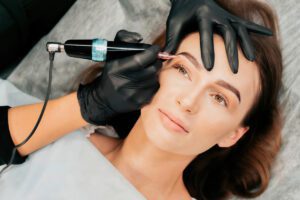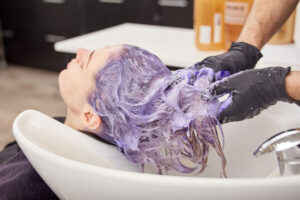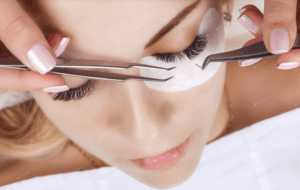
Best Skincare Tips: Unlocking the Power of Moisturizers for Glowing Skin
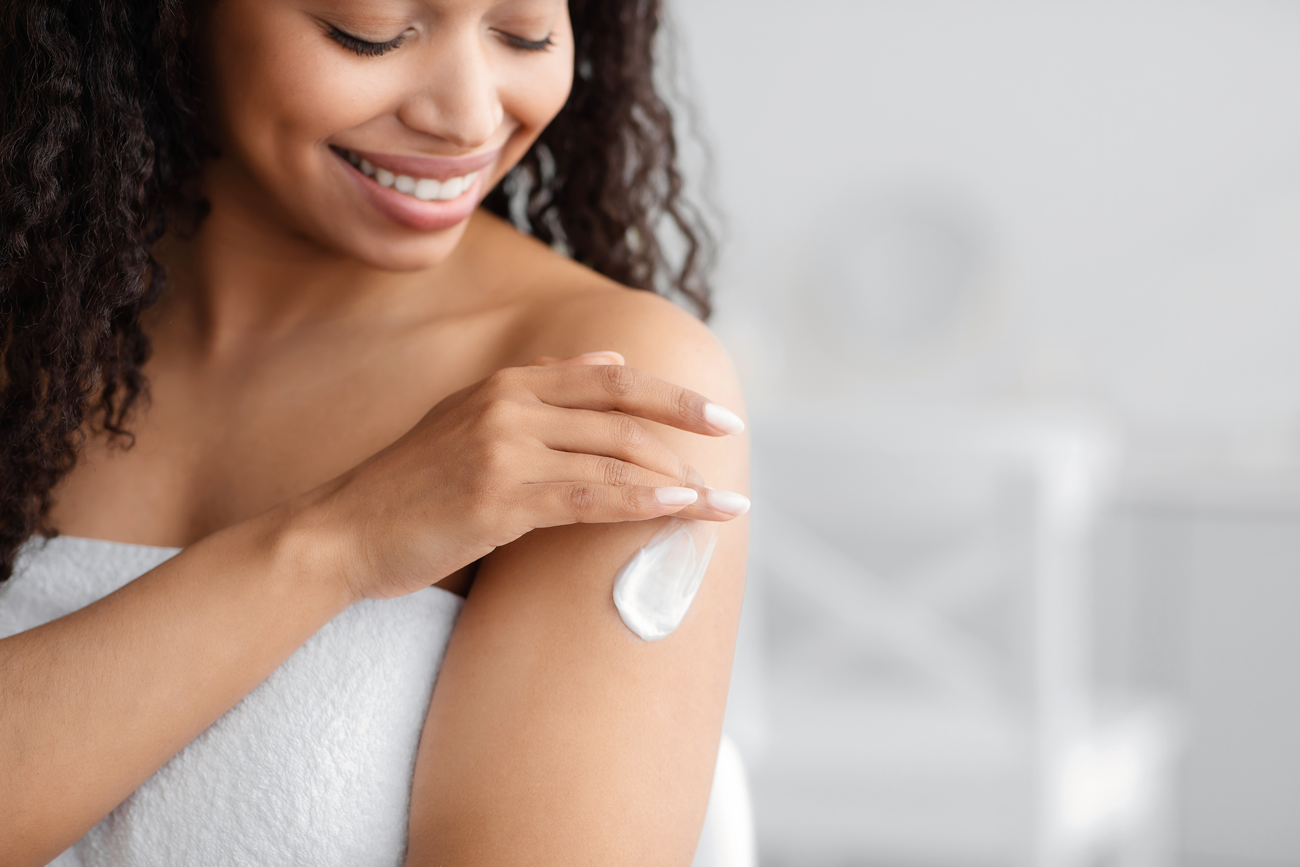
Best Skincare Tips: Unlocking the Power of Moisturizers for Glowing Skin
In This Article
- What is a moisturizer?
- How does a moisturizer work?
- What are the benefits of using a moisturizer?
- How to choose the right moisturizer for your skin type?
- How to use a moisturizer? Top 5 tips to follow
- The best moisturizers for dry skin
- The best moisturizers for oily skin
- The best moisturizers for combination skin
- The best moisturizers for sensitive skin
- FAQs
Best Skincare Tips: We all use a moisturizer (and if you don't, you definitely should). You should consider adding the right type of hydrating product such as a cream or lotion into your everyday routine. If you have dry skin you have to take special care of it, and should invest in the right skincare routine, and ingredients. Here is all that you want to know about the right moisturizer, application, and some of your most frequently asked questions down below!
What is a moisturizer?
A moisturizer is anything that is emollient-infused, such as a lotion, cream, ointments, and balm. Face moisturizers either help the skin’s natural moisture balance return or momentarily lock in moisture. The main purpose of a moisturizer is to keep your skin in its optimal state. Ceramides and polyhydroxy acid (PHA) gluconolactone are barrier-repair substances that take the place of natural lipids and skin conditioners, allowing the skin barrier to function optimally. Emollients, like glycerin, smooth the skin by filling in creases and rough areas. You should include a moisturizer for both day and night-time application.
How does a moisturizer work?
Problems with sebum secretion lead to acne and other skin problems, which is why your skin should have the right regimen. Humectants, which are found in moisturizers, work to keep moisture at the skin’s surface. When applied often, moisturizing increases the water content and normalizes cell turnover. It’s important to keep applying moisturizer for several weeks if you wish to spot results and a visible change. The key is also in applying a generous amount and pushing the product deep into your pores but using a non-comedogenic type to enjoy full hydration.
What are the benefits of using a moisturizer?
1. Your skin stays looking young
Your skin naturally renews more quickly on your face, ears, neck, and chest than anywhere else on your body. The continual loss of skin cells will lead to wrinkles, fine lines & a dull appearance. Regular moisturizing will give your skin the boost it needs while making you look young & radiant!
2. Prevent dryness
Did you know that extreme temperatures, air conditioning, and interior heat can all deplete the moisture in your skin? A good facial moisturizer can alleviate the problem. Prevent dryness and give your skin that glows by applying hydration products on top each day.
3. Fight acne
Did you know that excessive oil production caused by dry skin might result in closed pores and breakouts? Therefore, keeping skin well-hydrated can aid in preventing the production of excess oil. This means that even those with oily skin should aim for the right type of moisturizer.
4. Protect your skin from the sun
Using sunscreen-containing lotion is essential, even when you’re out during colder winter months. Dermatologists advise using SPF every day, which is why a cream with SPF protection is going to do wonders.
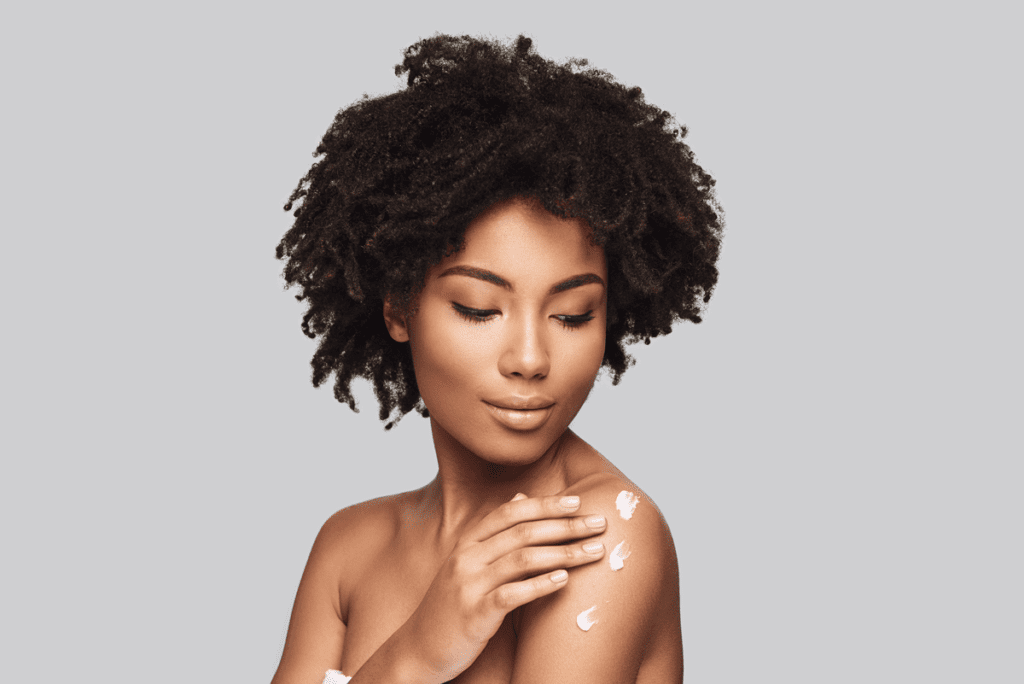
How to choose the right moisturizer for your skin type?
Cream, lotion, or ointment? No matter if your skin is oily, dry, normal, or a combo, finding the right moisturizer is vital. However, it is vital that you first figure out your skin type.
- Normal skin prefers a lightweight, oil-free product
- Dry skin may prefer one with a thicker, creamier texture that can better "lock in" moisture
- Women with acne-prone skin or sensitive skin should stay away from moisturizers with additional smells or perfumes
- Women with oily skin should aim for non-comedogenic products
Also, always read the label of your new product and aim for something comfy, and lightweight, but also budget-friendly.
How to use a moisturizer? Top 5 tips to follow
1. Don’t wait till your skin is dry
It can make sense to only use a moisturizer if your skin is dry, but this is a common rookie mistake. Sebum builds up as your skin strives to keep itself lubricated. You should strive to moisturize at least twice a day, no matter your skin type. Moisturize your skin after you dry off from your morning shower, and just before you go to sleep.
2. Layer it properly
Do you know how to layer your skincare products? Use lighter products first, followed by those with a heavier consistency. Go for the following order:
- A serum
- Oil
- Cream
- Under eye cream
- SPF
- Makeup
3. Try a sample test
Trying out different moisturizers is a bit scary and tricky, especially if you have sensitive skin. This is why you should always ask for sample products when at drugstores or beauty stores, so you can find your ”the one”.
4. Apply the right way
As you age, gravity contributes to the drooping and wrinkles in your skin. To treat this, experts advise applying moisturizer in upward strokes. You can also include a face roller into your skincare routine and massage your face in such a way as to combat wrinkles. Don’t be too harsh, but do rub the region to increase the moisturizing effects of the treatment, enhance circulation, and minimize puffiness.
5. Go mild with your chosen product
As part of your daily skincare routine, apply a lightweight moisturizer. Put aside thick moisturizers to use during the winter season only. When you rub anything vigorously, the friction causes the moisture to escape faster than it can be replaced.
The best moisturizers for dry skin :Best Skincare Tips
- Neutrogena Hydro Boost Gel Cream
- CeraVe Moisturizing Cream
- First Aid Beauty Ultra Repair Cream Intense Hydration
- Dr.Jart+ Ceramidin Cream
- SkinCeuticals Triple Lipid Restore
- Drunk Elephant Protini Polypeptide Cream
- Embryolisse Lait Creme
The best moisturizers for oily skin: Best Skincare Tips
- La Roche Posay Effaclar Mat
- KIEHL's Ultra Facial Oil-Free Gel Cream
- Kate Somerville Oil Free Moisturizer
- Tatcha's The Water Cream
- Peter Thomas Roth Water Drench Hyaluronic Cloud Cream Hydrating Moisturizer
- Skinmedica Ultra Sheer Moisturizer
- Cetaphil DermaControl Oil Absorbing Moisturizer SPF 30
The best moisturizers for combination skin:Best Skincare Tips
- Clinique Dramatically Different Moisturizing Gel
- CeraVe Moisturizing Cream
- Vanicream Moisturizing Skin Cream
- Olay Regenerist's Micro-Sculpting Cream
- EltaMD AM Therapy Facial Moisturizer
- Nivea Soft Aloe Hydration Cream
- Biotique Bio Morning Nectar Visibly Flawless Skin Moisturizer
The best moisturizers for sensitive skin:Best Skincare Tips
- Cetaphil Moisturizing Lotion
- First Aid Beauty's Ultra Repair Cream
- Avene Skin Recovery Cream
- La Roche-Posay Toleriane Double Repair Face Moisturizer
- Aveeno Ultra-Calming Nourishing Night Cream
- EltaMD Intense Moisturizer
- Aveeno Oat Gel Moisturizer
Frequently Asked Questions
The buildup of dead skin cells on the face is a common cause of this. What to do in this case? Try and exfoliate your skin or do a chemical peel to open up your pores. That way, everything is going to sink in smoothly.
Shea butter has long been recognized for its calming effects on the skin. It is often used on hair, but you can also use it as an ingredient for your skincare. Shea butter has soothing and anti-aging properties that can make skin feel softer and appear younger.
If you’re wondering ‘can you use Cerave moisturizing cream on your face’, you most definitely can! CeraVe Moisturizing Cream is ideal for those with normal to dry skin. The product itself has a calming non-greasy cream texture. The occlusive ingredient petrolatum helps skin retain moisture by creating a film over the surface.
This depends and varies from one person to the other. However, you should aim for one to two milligrams of moisturizer, or about the size of a coin or nickel.
Sunscreen comes after your moisturizer.
Take care of your skin
You should invest a lot of time and care into your skincare. It is vital that you wash, exfoliate, and moisturize your skin. Also, make sure that you purchase a high-quality product and a moisturizer that suits your skin type. Consider some of our recommended options and allow it a couple of weeks to spot a significant change. In no time, your skin will look renewed, dewy soft!
